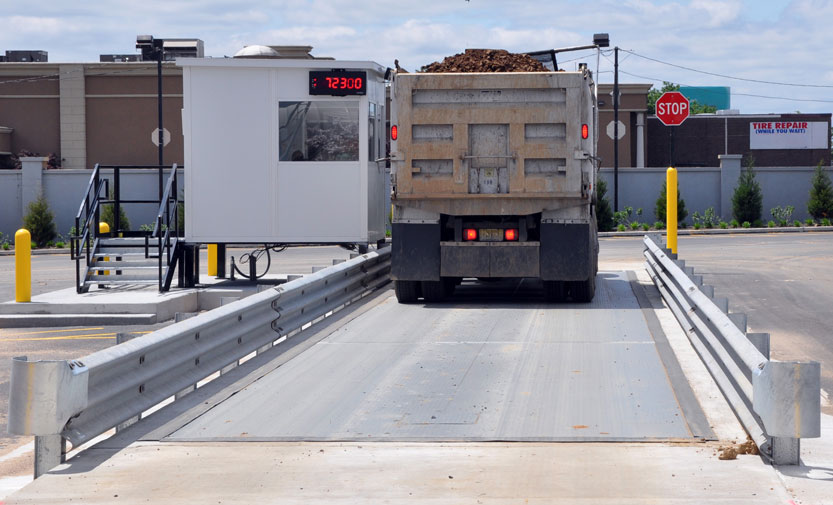California’s cement plants have higher emissions per ton of cement than similar facilities in China, India and other major cement-producing regions, according to a report commissioned by Sierra Club California. The findings of the report show that the state’s cement industry has yet to transition to low-carbon methods.
“There are a lot of things the cement industry can do to reduce its energy and process emissions, but few, if any, of California’s cement factories have undertaken any of these measures,” said Ali Hasanbeigi, the principal author of the report and CEO at Global Efficiency Intelligence, an international energy and climate technology consulting firm. “This study benchmarked California’s cement factories against their peers, and the results are not flattering.”
In “California Cement Industry: Failing the Climate Challenge,” Hasanbeigi and co-author Cecilia Springer recommend various options to help the state’s cement industry reduce energy use and GHG emissions. These include: investments in more energy efficiency processes; fuel switching; clinker substitution; use of alternative materials (e.g. engineered wood and high-performance polymers); and carbon capture, utilization and storage (CCUS).
The Coalition for Sustainable Cement Manufacturing & Environment released a response stating that the Sierra Club report “paints an inaccurate and intentionally misleading picture of the California cement industry.”
The coalition provides the following in its rebuttal:
- The California cement industry has significantly reduced its carbon footprint, while greenhouse gas (GHG) emissions from other cement industries, such as China’s, have grown exponentially (20 percent decrease in California between 2000 and 2015 versus China’s increase of more than 200 percent over the same time frame).
- The California cement industry is just as carbon efficient as other high-performing cement industries when measured on an apples-to-apples basis.
- Locally produced cement is the most environmentally responsible option for meeting California’s needs for durable and resilient infrastructure.
- There is more work to do, and policymakers have real opportunities to unlock and accelerate further GHG savings throughout the cement-concrete supply chain.



